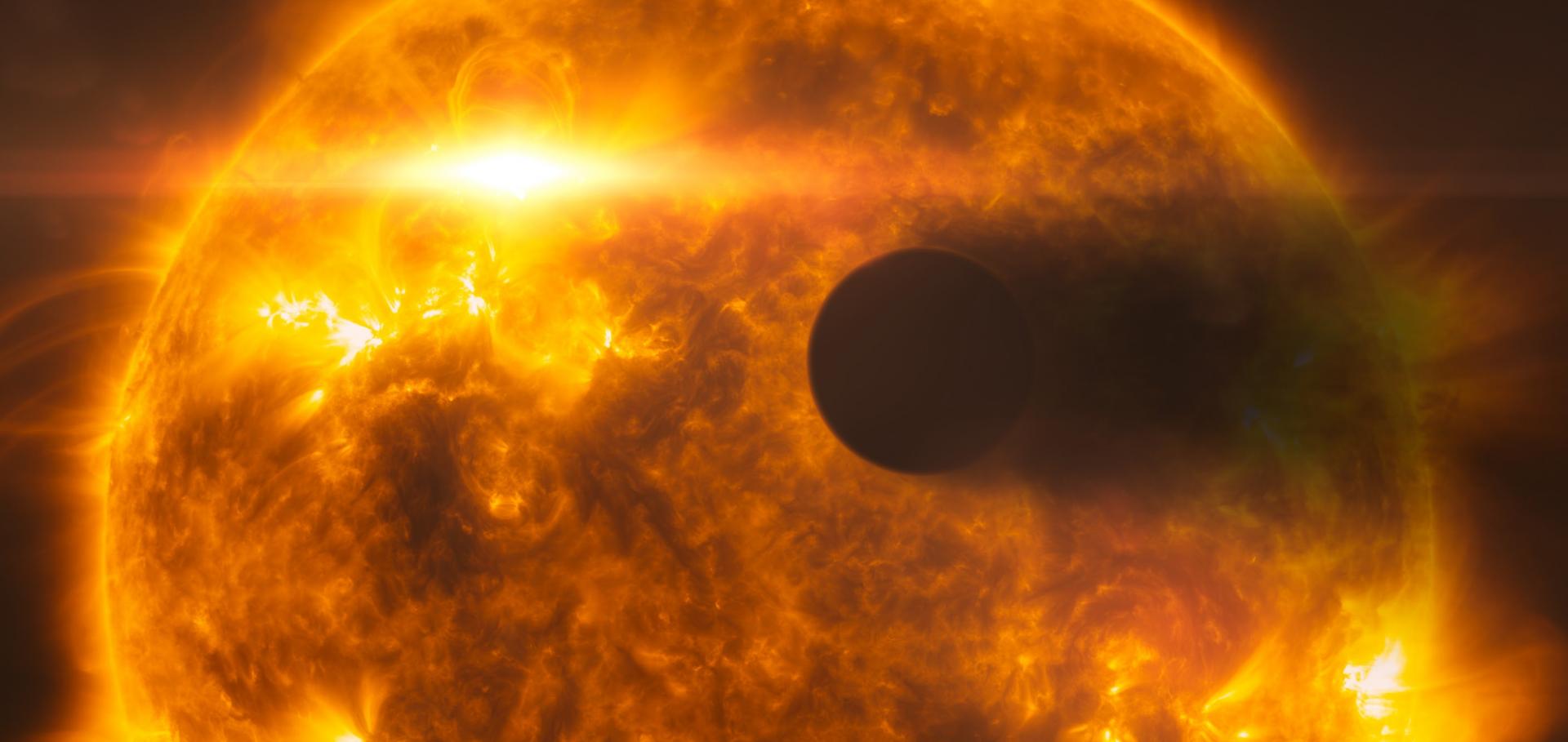Removing systematics from the CoRoT light curves: I. Magnitude-Dependent Zero Point
(2009)
An iterative filter to reconstruct planetary transit signals in the presence of stellar variability
(2009)


